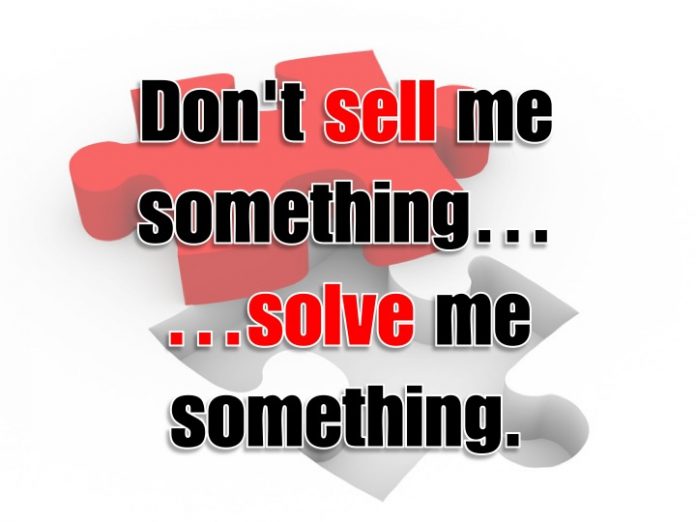Whenever you need to sell something, how do you introduce it to potential buyers? The most natural thing for us to do is to start describing the product itself, in other words, to start describing its features.
The problem with this approach?
It doesn’t sell! It will simply bore the customer and make you lose his attention. If you want to sell, you need to start with the benefits and value that your product will bring to the life of your customers. Sure, down the road you’ll need to actually describe the product features (cause people want to know what they are actually buying), but you only do that once the customer is already convinced to buy your product.
I’ll give you an example to illustrate my point. Suppose that you are a bit over weight, and you are looking for an ebook to guide you through the process of losing that extra weight. You visit the sales page of two weight-loss ebooks. Ebook A has the following bullet points right on top of the page:
- 176 pages full of content!
- Illustrations about exercises.
- A complete list of food you are not supposed to eat.
- Immediate download after you buy.
Ebook B, on the other hand, starts with the following bullet points:
- Techniques to start burning fat today!
- Lose up to 10 pounds in the first 2 weeks!
- Discover the 5 best exercises to slim down.
- Become healthier and more attractive at the same time!
If you could keep reading only one of the sales page, which one would it be? Probably the second one, cause it describes exactly what you are looking for, right?
In fact that’s the logic behind the theory. Customers don’t want your product, they want the benefit that your product will bring to them. In the example above you can clearly see that. Over weight customers don’t care if an ebook is red, yellow, with or without illustrations, with 10 or 200 pages. All they care is whether or not they will lose weight using it. That’s what they are willing to pay for.
Bottom line: whenever you need to sell something, always start with the benefits. After all, that’s what the customer is looking for.
Article by Daniel Scocco

